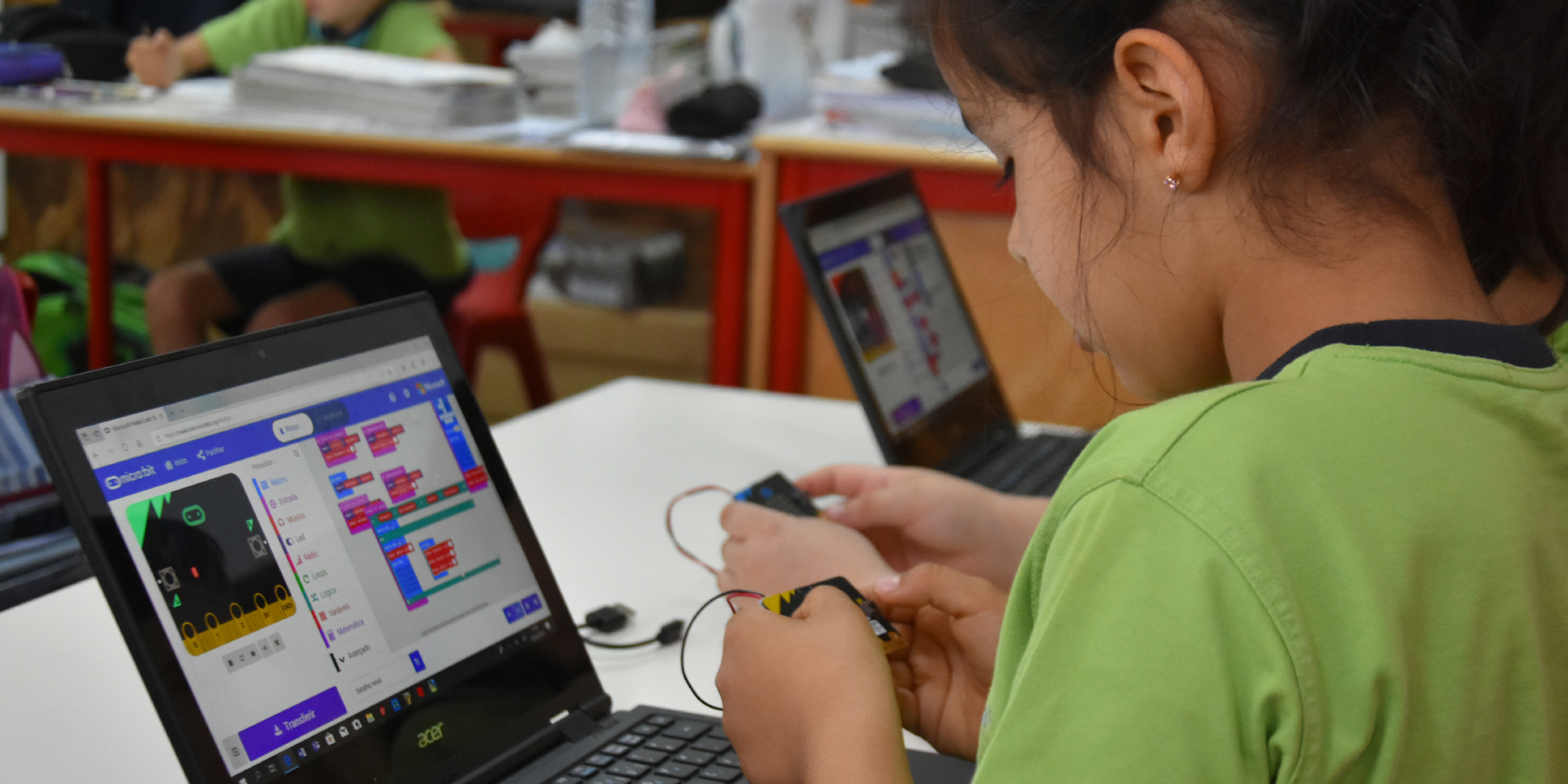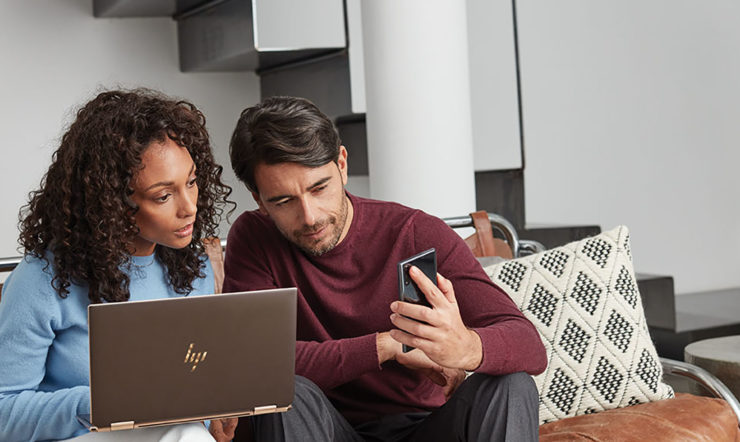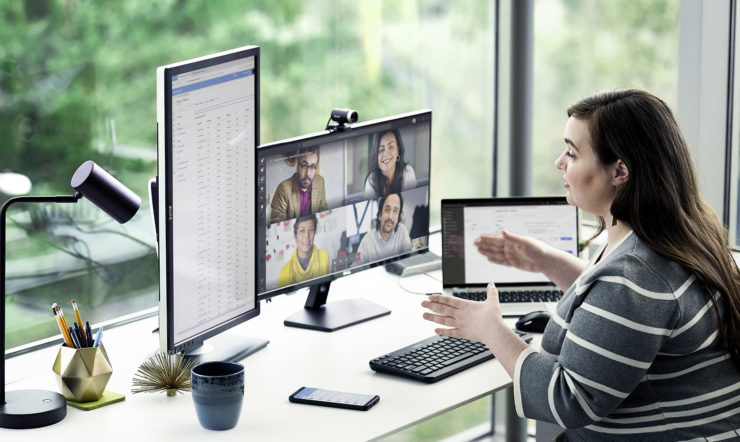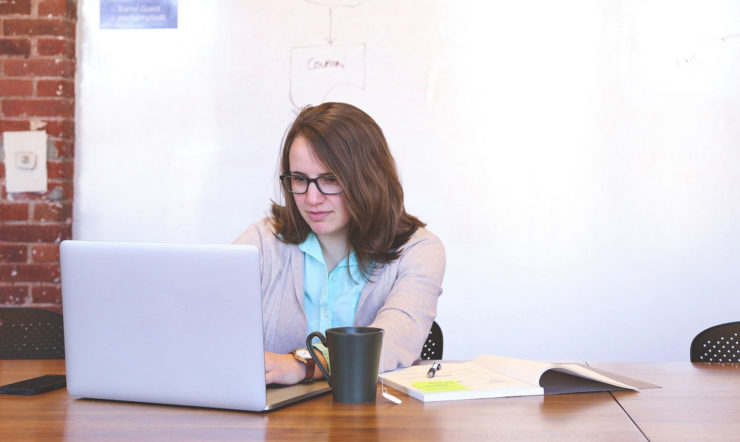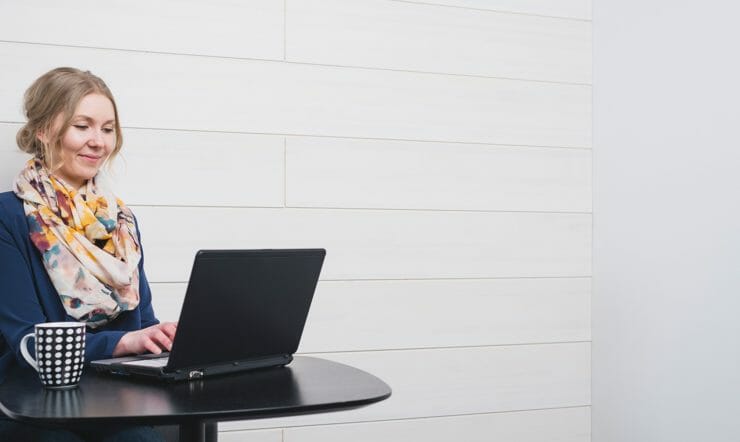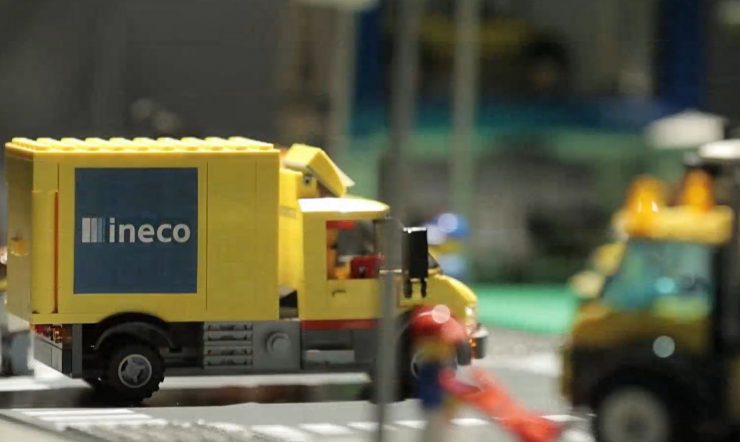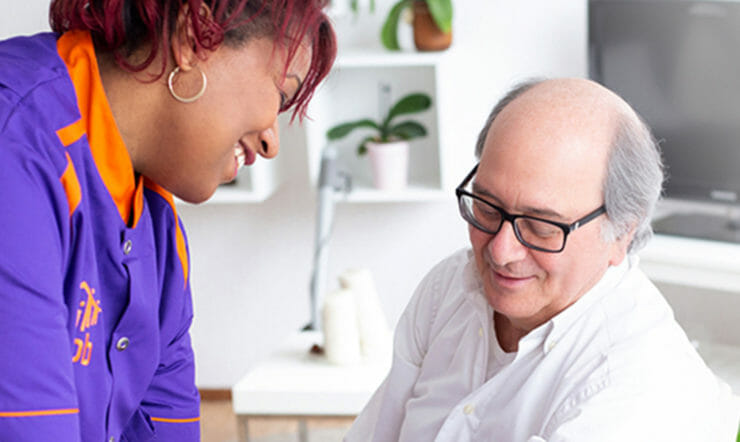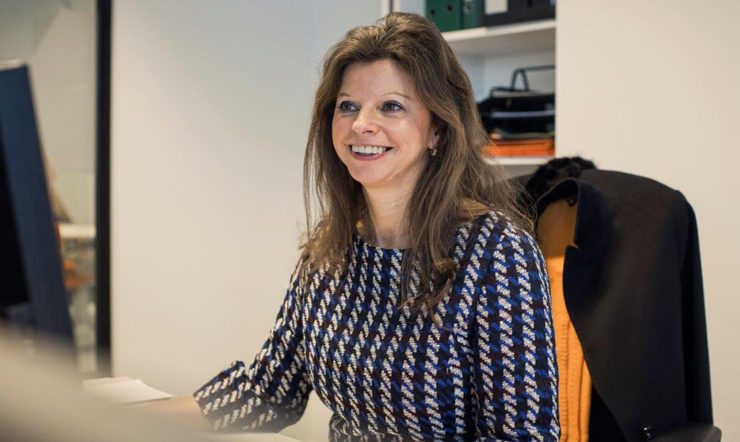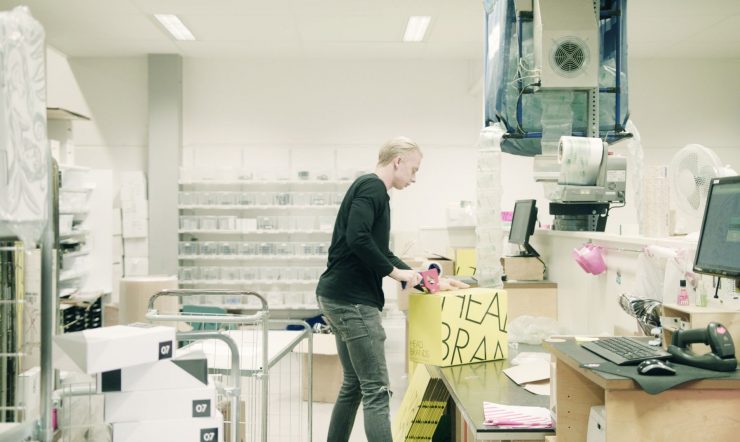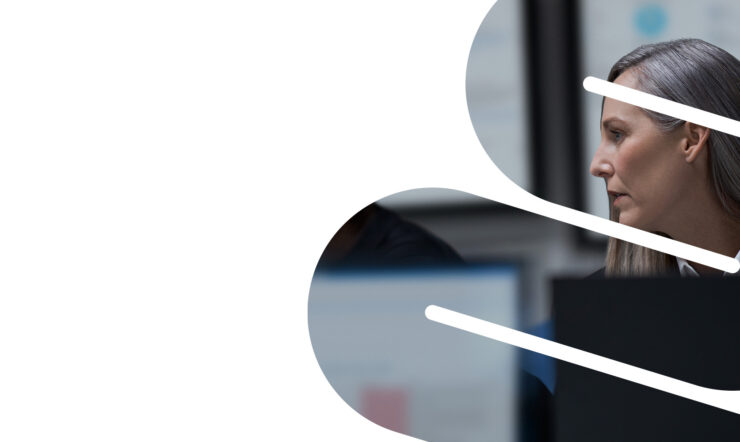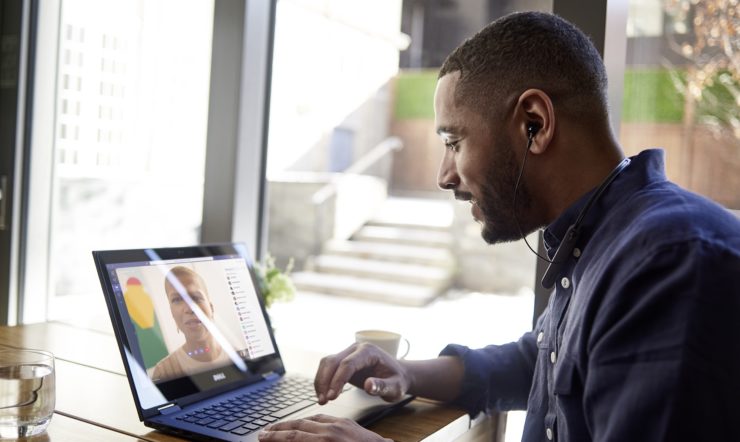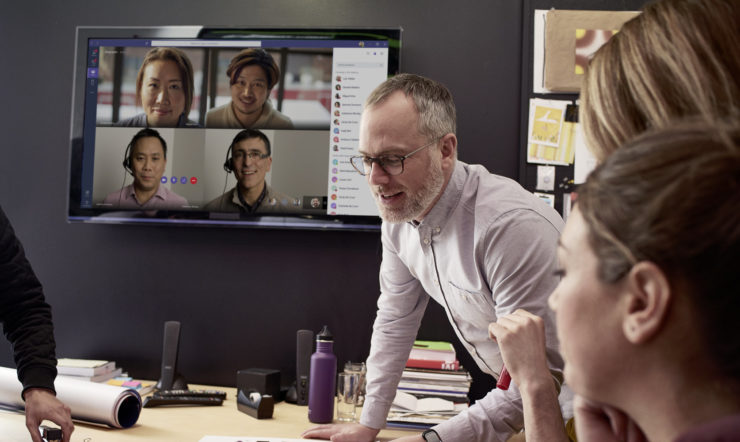“This weekend, our preschool teachers created another video for the students – just saying hi and checking everyone was ok at home. Each teacher has their own Microsoft Stream channel, and the feedback from the kids and parents is amazing: “Hi, teacher! How are you? I remember you so well!”
Nuno Moutinho, CEO of Portuguese private school group Escolaglobal, is talking about his institute’s move to remote learning during the COVID-19 lockdown – and how a digital transformation project that began back in 2015 had given them a welcome head start.
“Our TeK.escolaglobal project has helped us become a digital-first school,” explains Moutinho. “It’s a one-to-one solution that everyone now uses day-to-day, and we even got a 98% satisfaction response from parents after just one year of implementation – so it was easy to adapt when the time came.”
Escolaglobal moved to a fully remote-learning model on March 11th 2020 without any complications, a week before the government’s school lockdown took effect. An achievement that STEAM coordinator, Diogo Da Silva, is proud of.
“In 24 hours, we had a full digital plan in place so that teaching could continue remotely the next day,” he says. “Of course, we couldn’t have known the Tek.escolaglobal project would prepare us specifically for this. But we were already using these tools, so we were ready when the time came.”
And it wasn’t just virtual lessons Escolaglobal had in mind, as the new infrastructure also provided a platform for students to easily share videos and communicate during the lockdown – helping to emulate the everyday social life that this school holds close to its heart.
A unique education experience
First founded in 1979, Escolaglobal is a group of private schools located in three towns of Santa Maria da Feira, in Portugal, that offers students an interconnected education from nursery all the way through to university.
“Our motto is: from cradle to university,” says Moutinho. “Students learn with us from 4-months all the way to 18. We really get to know each student individually and they get to know us – it’s like a family.”
The school takes a holistic approach to knowledge, which pushes them to keep innovating and looking for new tools and ideas that will help them stand out from other schools.
“For us, the students always come first,” he adds. “In 2015, we had some of the highest standardized test scores in the country, but we didn’t feel like our students were 100% happy – we needed to offer more of the skills that would help prepare them for the future.”
“So, we decided to move to a digital-first way of teaching with a Microsoft 365 one-to-one solution.”
Becoming a digital-first school
By 2020, Microsoft 365 had been fully embraced by Escolaglobal – transforming the daily lives of both students and teachers.
Microsoft Teams is now the school’s main communication channel, allowing students to easily collaborate and submit projects, and teachers to grade assignments and answer questions.
OneNote ClassNotebook and Microsoft Forms have also become popular tools amongst teachers, replacing the need for paper worksheets and tests with a more interactive platform that helps the entire class learn together.
“Teachers can be suspicious of using new technology in the classroom,” explains Diogo Azeredo, responsible for teacher training. “But since introducing these tools, there’s been much more interest and a willingness to experiment with new things.
“For instance, I’ve seen teachers replacing their whiteboard with OneNote, so whatever they write is instantly shared to the students’ laptops – making it easier to discuss the exercise together.”
Parents too are on board with the new approach and how technology has been integrated into the school. One such innovation is Escolaglobal’s flipped learning model, where teachers create bespoke video content about an upcoming subject and make it available for students to watch via Microsoft Stream before class – enabling them to learn at their own pace.
“This approach helps teachers focus on each student’s specific needs during class,” says Da Silva. “We now have a dedicated team creating a library of these videos, which has really helped us support everyone throughout the school closures.”
An easy transition to remote learning
With student and staff safety in mind, Escolaglobal decided to get ahead of the COVID-19 lockdown and move to a fully-online schedule through Microsoft 365.
“All of our students had Windows 10 laptops and were already using these tools every day,” says Moutinho. “Microsoft Teams became the new digital classroom and the Teams’ calendar was particularly useful to make sure everyone had up-to-date schedules at all times.”
For Moutinho and his team, it wasn’t just about classes continuing seamlessly. The school also wanted to be sure that students were coping with these new changes, both from a social and emotional view. This formed part of Escolaglobal’s SEL project, which was essential to maintain the students’ wellbeing, in this new paradigm.
“We made sure teachers were reaching out and talking to the families too as these changes can be hard – especially for the younger ages, as they can have deep connections with their educators and teachers,” Da Silva explains.
“We scheduled daily activities through Teams that got everyone moving, even during the Easter holidays. Students could record themselves and their family exercising and send it via Flipgrid – it was great as it felt like we had our own social network.”
Adapting to a new normal
As COVID-19 lockdown measures begin to ease, Escolaglobal is adapting to a new normal, which over the coming weeks and months will include a blended learning approach as schools slowly begin to reopen and prepare students for their final exams.
“The next school year will be different for sure, but we are prepared for that,” says Moutinho. “Some days they will be at home, some days at school – it can work both ways and everyone is very comfortable with either.”
In a time when schools across Portugal and the world have been asked to find a remote learning solution, it’s clear that Escolaglobal’s investment in technology has helped them provide a fast and effective response – making sure that every student still has access to a high-quality education, whether in the classroom or at their kitchen table.
“These last months have proven that remote learning is not only possible – it works,” he adds. “It’s a digital step education was always going to take, and we’re just glad we had the infrastructure in place to make it happen.”


